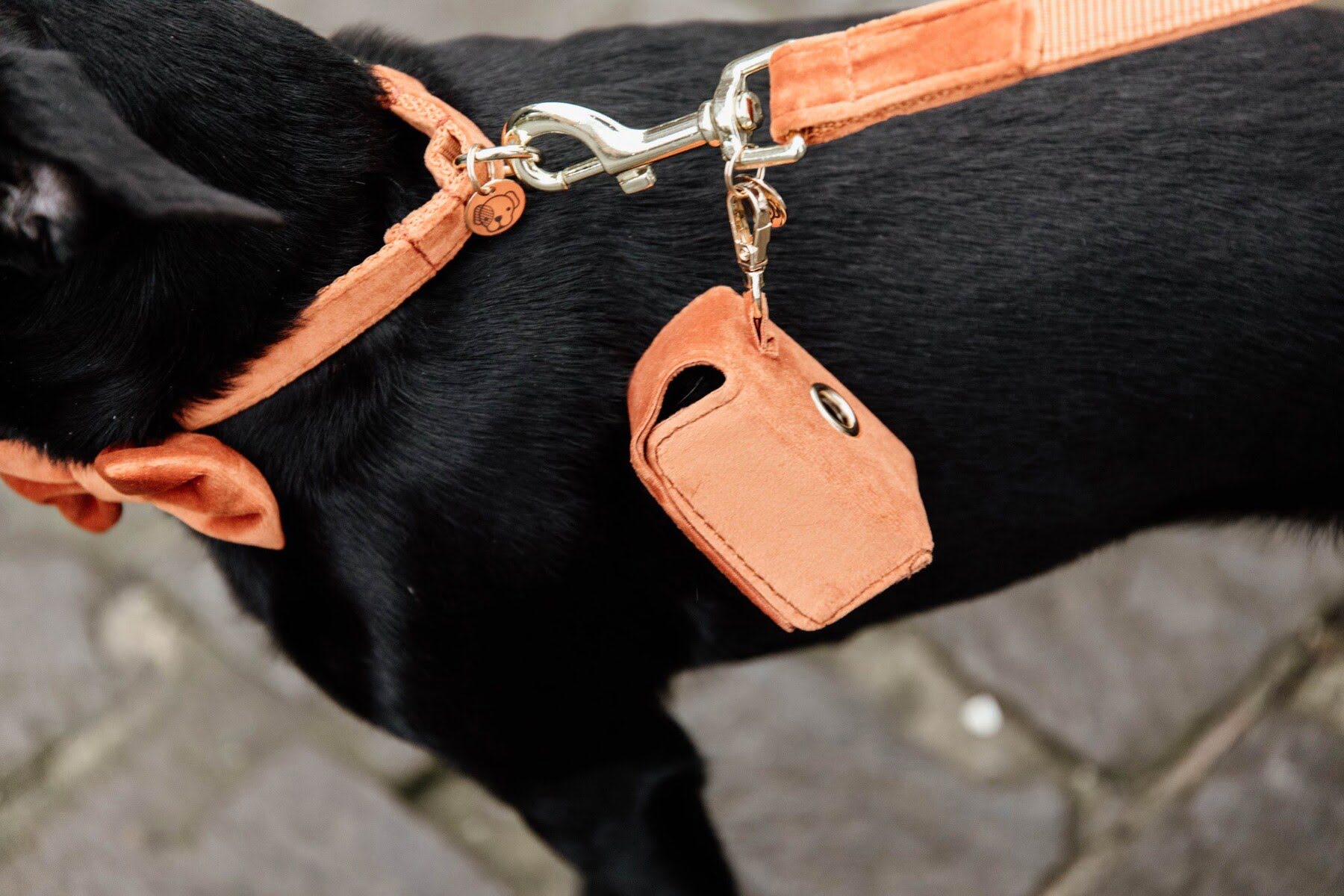

Articles
How To Store Dog Poop Bags
Modified: February 26, 2024
Learn how to properly store dog poop bags with our informative articles. Find useful tips and tricks to keep your space clean and odor-free.
(Many of the links in this article redirect to a specific reviewed product. Your purchase of these products through affiliate links helps to generate commission for Storables.com, at no extra cost. Learn more)
Introduction
As responsible pet owners, we understand the importance of picking up after our dogs. Dog poop bags have become an essential tool for keeping our neighborhoods clean and safe. However, finding the most effective way to store and manage these bags can be a challenge.
In this article, we will explore the best practices for storing dog poop bags. We will discuss various options to help you choose the right bags, properly seal them, and select appropriate storage containers. Additionally, we will provide tips for creating a dedicated dog poop bag storage area at home and on-the-go. Lastly, we will touch upon the importance of proper disposal to ensure environmental safety.
By following these guidelines, you can maintain a clean and organized system for dealing with dog poop bags, making your pet care routine more efficient and hassle-free.
Key Takeaways:
- Choose high-quality, eco-friendly dog poop bags that fit your needs. Properly seal them to prevent leaks and odors. Organize a dedicated storage area at home for easy access and maintain cleanliness.
- Utilize portable storage options for on-the-go convenience. Always dispose of dog poop bags properly to protect the environment and public health.
Read more: How To Store Dog Poop Sample
Choosing the Right Dog Poop Bags
When it comes to selecting dog poop bags, it’s important to consider several factors to ensure convenience and effectiveness. Here are some key points to keep in mind:
- Strength and Durability: Look for bags made from high-quality materials that are thick and durable. This will prevent any accidental tears or leaks during use, providing a more hygienic and hassle-free experience. Reinforced seams or extra-thick plastic can be great features to look out for.
- Size: Choose bags that are large enough to accommodate your dog’s waste comfortably. Bags that are too small may tear or become difficult to tie, increasing the risk of spillage and mess.
- Eco-Friendly Options: Consider using biodegradable or compostable bags to minimize the environmental impact. These bags are designed to break down naturally over time, reducing the amount of plastic waste in landfills. Look for certifications or labels indicating their eco-friendly properties.
- Dispenser Compatibility: If you use a poop bag dispenser that attaches to your dog’s leash or harness, ensure that the bags you choose fit easily into the dispenser. This will allow for convenient access and make it easier to carry them during walks or outings.
- Scented or Unscented: Some bags come with a pleasant scent to mask any odor. While this can be a personal preference, it’s important to consider whether your dog may be sensitive to strong scents. Unscented bags are also widely available and can be just as effective.
By considering these factors, you can choose the right dog poop bags that meet your specific needs. Remember, it’s always a good idea to try out a few different options to find what works best for you and your furry friend.
Properly Sealing Dog Poop Bags
Once you’ve picked up your dog’s waste, it’s crucial to properly seal the poop bags to prevent any leakage or odors. Here are some tips on how to effectively seal your dog poop bags:
- Secure Tie: Gather the bag’s opening around the waste, creating a pouch-like shape. Twist the excess bag to create a tight seal, and then tie a secure knot at the top. This will prevent any potential spills or leaks.
- Double Bagging: For extra security, consider double bagging when dealing with particularly messy or larger-sized waste. Simply place the filled bag inside another bag and follow the same steps for sealing.
- Zipper Seal Bags: If you prefer a more convenient option, there are dog poop bags available with zipper seals. These bags allow for quick and easy sealing, ensuring a tight closure to contain any odor or leakage.
- Disposable Sealing Clips: Another option is to use disposable sealing clips specifically designed for sealing poop bags. These clips provide a tight seal and can be easily removed when it’s time to dispose of the bag.
By following these sealing techniques, you can be confident that your dog poop bags are securely closed, preventing any mess or unpleasant odors. This will make handling and disposal much easier, whether you’re at home or out on a walk.
Selecting an Appropriate Storage Container
Having a designated storage container for your dog poop bags is essential for keeping them organized and easily accessible. Here are some factors to consider when selecting a storage container:
- Size: Choose a container that is large enough to hold an ample number of poop bags. This will depend on the frequency of walks and the size of your dog. You don’t want to constantly run out of bags or have a container that is too bulky.
- Material: Opt for a container that is made of durable and easy-to-clean materials. Plastic or metal containers are popular choices as they are resistant to moisture and allow for easy maintenance. Ensure that the material is odor-resistant as well to help keep any lingering smells contained.
- Lid or Dispenser: Consider whether you prefer a container with a lid or a dispenser-style container. A lid will provide a more secure and enclosed storage solution, while a dispenser allows for easy grab-and-go access to bags during walks.
- Mountability: If you plan to keep the container in a specific location, such as near your front door or in the garage, look for options that offer mounting capabilities. This will keep the container securely in place and prevent it from being accidentally knocked over.
- Aesthetics: While not a crucial factor, you may also want to choose a container that complements your home’s décor or personal style. There are various designs and colors available that can add a touch of personality to your storage solution.
Remember, the goal is to have a storage container that is functional, durable, and suits your personal preferences. By taking into account these factors, you can find the perfect storage solution for your dog poop bags, ensuring they are always conveniently stored and ready for use.
Creating a Dedicated Dog Poop Bag Storage Area
To keep your dog poop bags organized and easily accessible, it’s beneficial to have a dedicated storage area in your home. Here are some tips for creating a designated space for your dog poop bag storage:
- Choose a Convenient Location: Select a location near the exit you use when taking your dog for walks. This could be by the front door, in the garage, or near the back entrance. Having it in a convenient spot will make it easier to grab a bag on your way out.
- Install a Wall-Mounted Dispenser: Consider installing a wall-mounted poop bag dispenser in your chosen storage area. This allows for easy dispensing of bags when you need them. Make sure the dispenser is sturdy and securely attached to the wall.
- Label and Organize: Label the storage area clearly to indicate it is for dog poop bags. This will help remind everyone in your household to use it properly. Additionally, use containers or bins to separate new bags from used ones for easy retrieval and disposal.
- Include Other Essentials: Alongside the bag storage, consider including other essentials such as hand sanitizer, disposable gloves, or even a small trash can for any used bags. This way, everything you need for cleaning up after your dog is conveniently located in one place.
- Keep It Clean: Regularly clean and sanitize the storage area to maintain a hygienic environment. Disinfect the dispenser and containers, and check for any spills or messes that may have occurred during bag retrieval or disposal.
- Make It Visually Appealing: While functionality is key, you can also make the storage area visually appealing. Consider decorating it with dog-themed decals or artwork to add a touch of personality to the space.
By creating a dedicated dog poop bag storage area, you can ensure that your bags are always accessible, well-organized, and ready for use. This will streamline your pre-walk routine and help keep your home neat and tidy.
Store dog poop bags in a designated container or dispenser near the door for easy access when taking your dog for a walk. This will help ensure you always have a bag on hand when needed.
Read more: How To Store Dog Poop Until Garbage Day
Tips for Organizing Dog Poop Bags at Home
In addition to having a designated storage area for your dog poop bags, implementing some organizational strategies can further enhance your dog waste management system. Here are some helpful tips for organizing dog poop bags at home:
- Use Dispenser or Holder: Keep a small poop bag dispenser or holder near the most frequently used exit in your home. This makes it easy to grab a bag before heading out for a walk. Choose a dispenser that can be easily mounted on a wall or attached to a leash or keychain.
- Keep a Backup Supply: Make sure to have a backup supply of dog poop bags readily available. Keep them in a separate container or drawer near your main storage area. This way, you won’t run out unexpectedly and will always have a backup stash.
- Organize by Size or Type: If you have different sizes or types of dog poop bags, consider organizing them accordingly. Use separate containers or dividers to keep them separated and easy to access when needed. This will save you time searching for the right size bag during those quick walks.
- Label Containers: Labeling your poop bag storage containers can be a helpful way to ensure everyone in the household knows where to find the bags. Use clear, visible labels that indicate the bag size or type, especially if you have multiple containers for different purposes.
- Create a Routine: Establish a routine for restocking your dog poop bags. This can be done weekly or monthly, depending on your usage. Take inventory of how many bags are left and replenish accordingly. Consistently restocking will ensure you never run out when you need them the most.
- Consider a Bag Dispenser Station: If you have multiple dogs or frequently walk in areas with limited trash cans, consider creating a bag dispenser station in your backyard or near the entrance. Use a post-mounted dispenser with a built-in trash can for convenient bag dispensing and disposal.
- Regularly Clean and Tidy: Regularly clean and tidy up your poop bag storage area. Remove any empty or used bags, wipe down or sanitize the containers, and ensure everything is organized. A clean and well-maintained storage area adds to the efficiency and overall cleanliness of your dog waste management system.
By implementing these tips, you can create an organized and efficient system for managing and organizing your dog poop bags at home. A well-organized approach will save you time and make the process of pick-up and disposal much more streamlined and hassle-free.
Dog Poop Bag Storage Options for On-the-Go
When you’re out and about with your dog, having a convenient and portable way to store your poop bags is essential. Here are some dog poop bag storage options for on-the-go:
- Leash Attachment: Look for a dog poop bag dispenser that can easily attach to your dog’s leash or harness. These dispensers typically come with a clip or Velcro strap for secure attachment. This allows you to have bags readily accessible during your walks without having to carry them separately.
- Belt or Waist Clip: Consider getting a belt or waist clip that can hold a roll or a few individual bags. This hands-free option is particularly useful if you’re going on a long hike or need your hands free for other activities. Look for a clip that is sturdy and easy to secure, ensuring the bags won’t fall off during movement.
- Pocket-Sized Dispenser: Opt for a small, pocket-sized dispenser that can fit easily in your pocket, purse, or backpack. These discreet dispensers typically hold a small number of bags and can be easily refilled as needed. They are a convenient option for short walks or quick trips to the park.
- Keychain Dispenser: Many dog poop bag dispensers are designed to be attached to your keychain. These compact dispensers provide a simple way to always have bags with you. They are especially useful if you tend to misplace or forget your dispenser when you’re in a hurry.
- Waste Bag Wallet: If you prefer a more stylish option, consider a waste bag wallet. These compact wallets have compartments specifically designed to hold dog poop bags. They often come with extra pockets for carrying small essentials like keys or money. Waste bag wallets are a practical and fashionable choice for pet owners who want to combine style with functionality.
- Reusable Bag Holder: For an eco-friendly alternative, consider using a reusable bag holder. These holders can accommodate various sizes of reusable bags or even repurposed grocery bags. They are lightweight, easy to clean, and can be attached to your leash or carried separately.
Whichever option you choose, make sure it’s easy to access and fits your individual needs and preferences. Having a portable dog poop bag storage solution ensures that you’re always prepared to clean up after your pet, no matter where your adventures take you.
Ensuring Proper Disposal of Dog Poop Bags
Proper disposal of dog poop bags is crucial to maintain cleanliness and prevent environmental contamination. Here are some guidelines to ensure the appropriate disposal of dog poop bags:
- Trash Bins: Whenever possible, dispose of dog poop bags in a designated trash bin. Look for bins specifically designated for pet waste disposal, which are often found in parks, trails, and dog-friendly areas. These bins are designed to handle the waste and are regularly emptied for proper sanitation.
- Double-Bagging: Consider double-bagging your dog poop bags for added protection and containment. This helps prevent any leaks or odors from seeping out of the bag during transport to the trash bin. Double-bagging also provides an extra layer of security in case the outer bag tears or breaks.
- Avoid Flushing: Never flush dog poop bags down the toilet. Although some bags may claim to be flushable, it is not advisable to do so. Dog waste can contain harmful bacteria and parasites that can contaminate water sources and endanger aquatic ecosystems.
- Biodegradable Bags: If you use biodegradable dog poop bags, make sure to dispose of them properly. While these bags are designed to break down over time, they still need to be put in a landfill or compost facility. Avoid throwing them in recycling bins, as they can contaminate the recycling process.
- Curb-Side Collection: Some municipalities offer curbside collection dedicated to pet waste. Check with your local waste management services to see if this service is available in your area. Follow the guidelines provided by your waste management company regarding how to properly package and set out your dog poop bags for collection.
- Public Spaces: If you find yourself in an area without designated pet waste bins, carry your bag with you until you come across an appropriate disposal location. Do not leave the bag on the ground, as this can pose health risks to others and harm the environment. Be a responsible pet owner by ensuring proper disposal even when infrastructure is lacking.
Remember, the proper disposal of dog poop bags is essential to protect public health, maintain cleanliness, and preserve the environment. By following these guidelines, you can contribute to a cleaner and healthier community for both humans and animals.
Conclusion
Properly storing and managing dog poop bags is an important aspect of responsible pet ownership. By choosing the right dog poop bags, properly sealing them, and selecting appropriate storage containers, you can ensure a clean and efficient waste management system. Creating a dedicated dog poop bag storage area at home and utilizing various storage options for on-the-go will keep your bags organized and easily accessible. Additionally, following proper disposal practices, such as using designated trash bins and avoiding flushing, is crucial for maintaining cleanliness and protecting the environment.
Remember, being diligent in handling dog waste not only contributes to a cleaner and healthier living environment but also showcases our respect for our community and the well-being of others. Implementing these tips and strategies will help make the process of handling dog poop bags more convenient, hygienic, and eco-friendly.
So, let’s commit to keeping our neighborhoods clean and safe by properly storing, sealing, and disposing of dog poop bags. Together, we can create a more enjoyable and sustainable environment for our pets and ourselves.
Frequently Asked Questions about How To Store Dog Poop Bags
Was this page helpful?
At Storables.com, we guarantee accurate and reliable information. Our content, validated by Expert Board Contributors, is crafted following stringent Editorial Policies. We're committed to providing you with well-researched, expert-backed insights for all your informational needs.
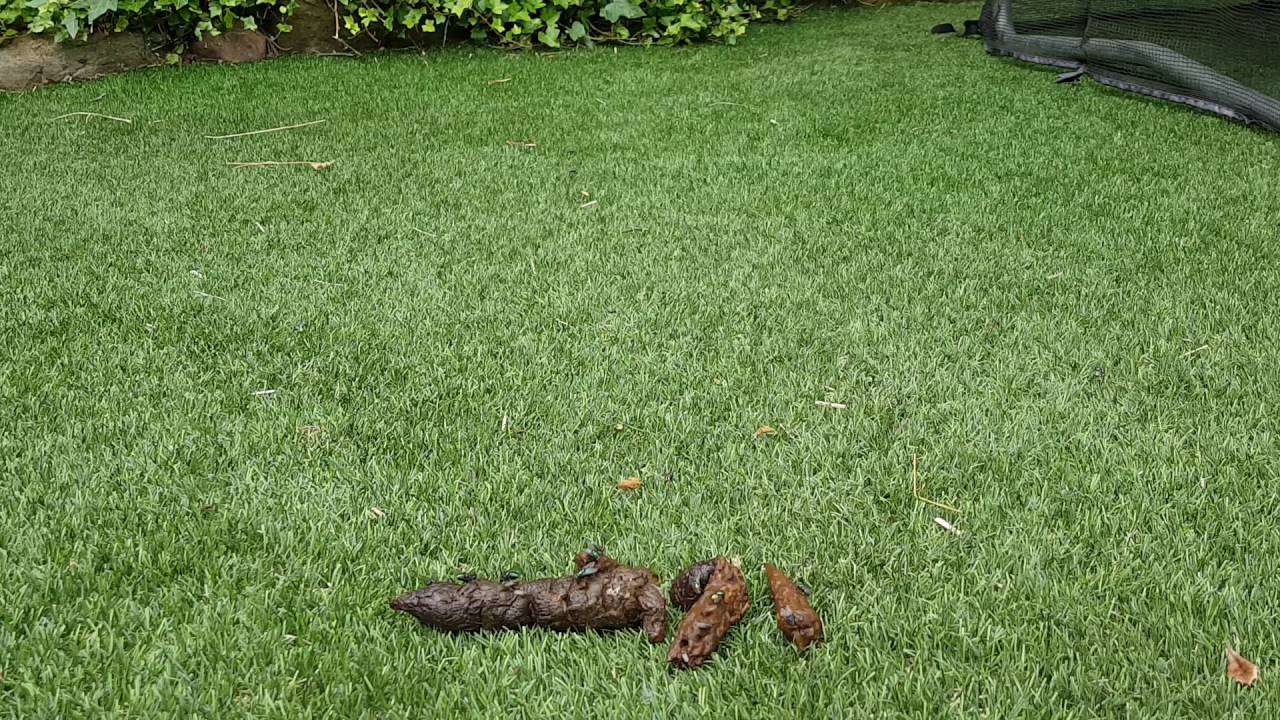
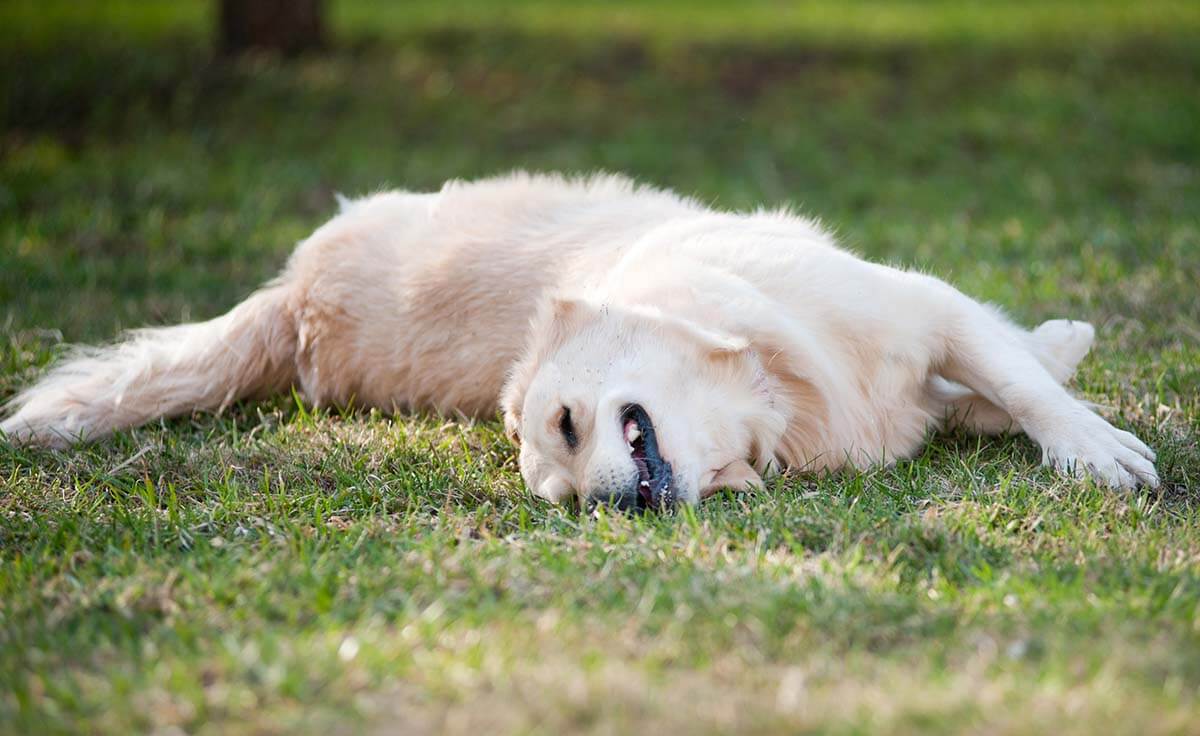
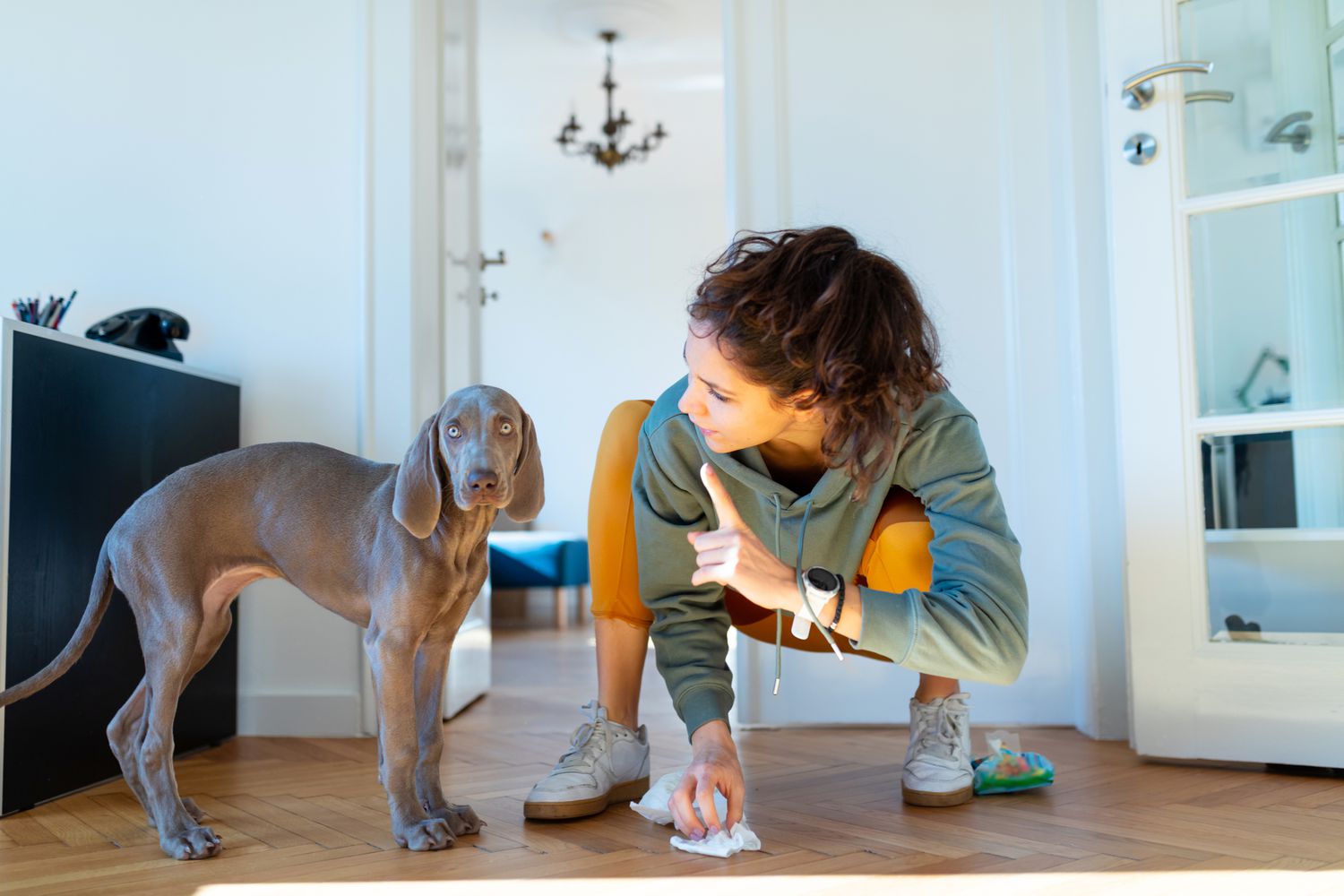
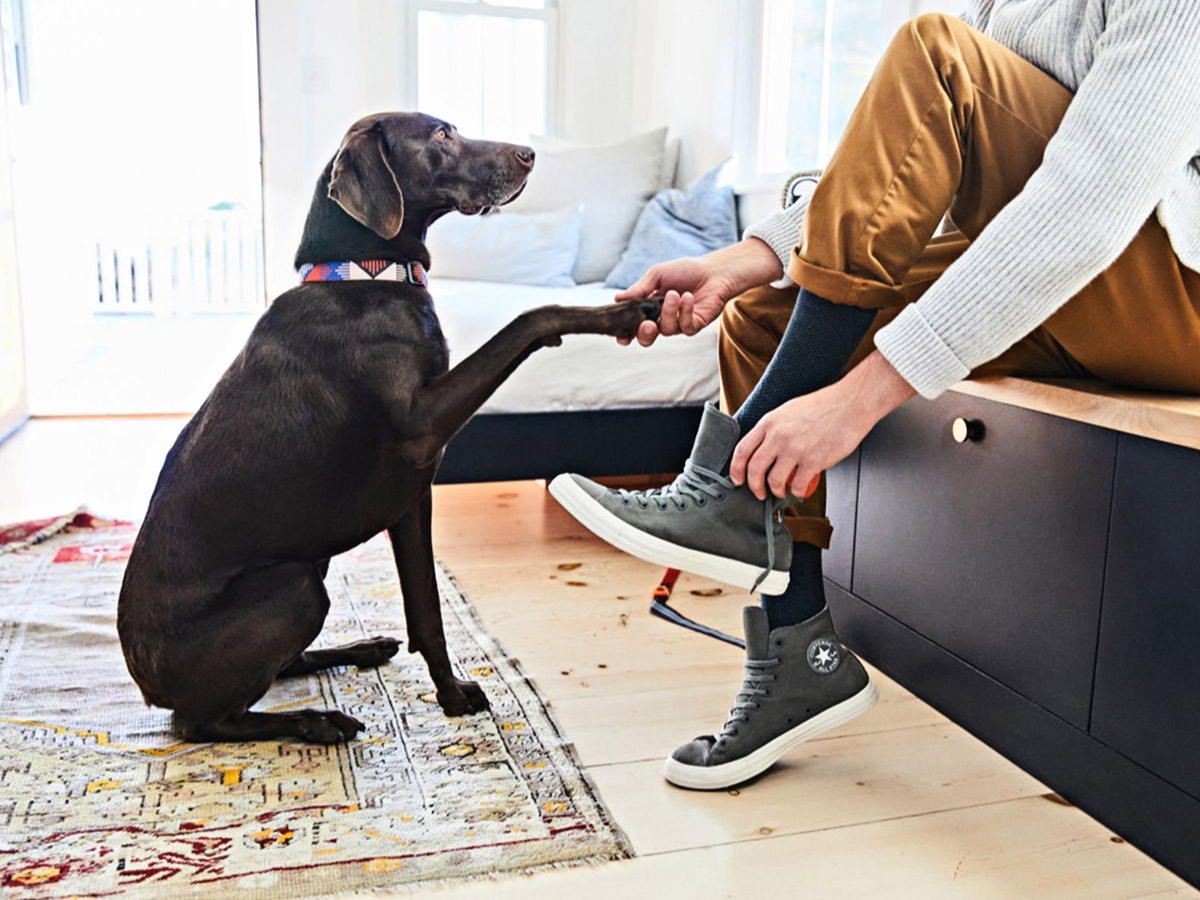
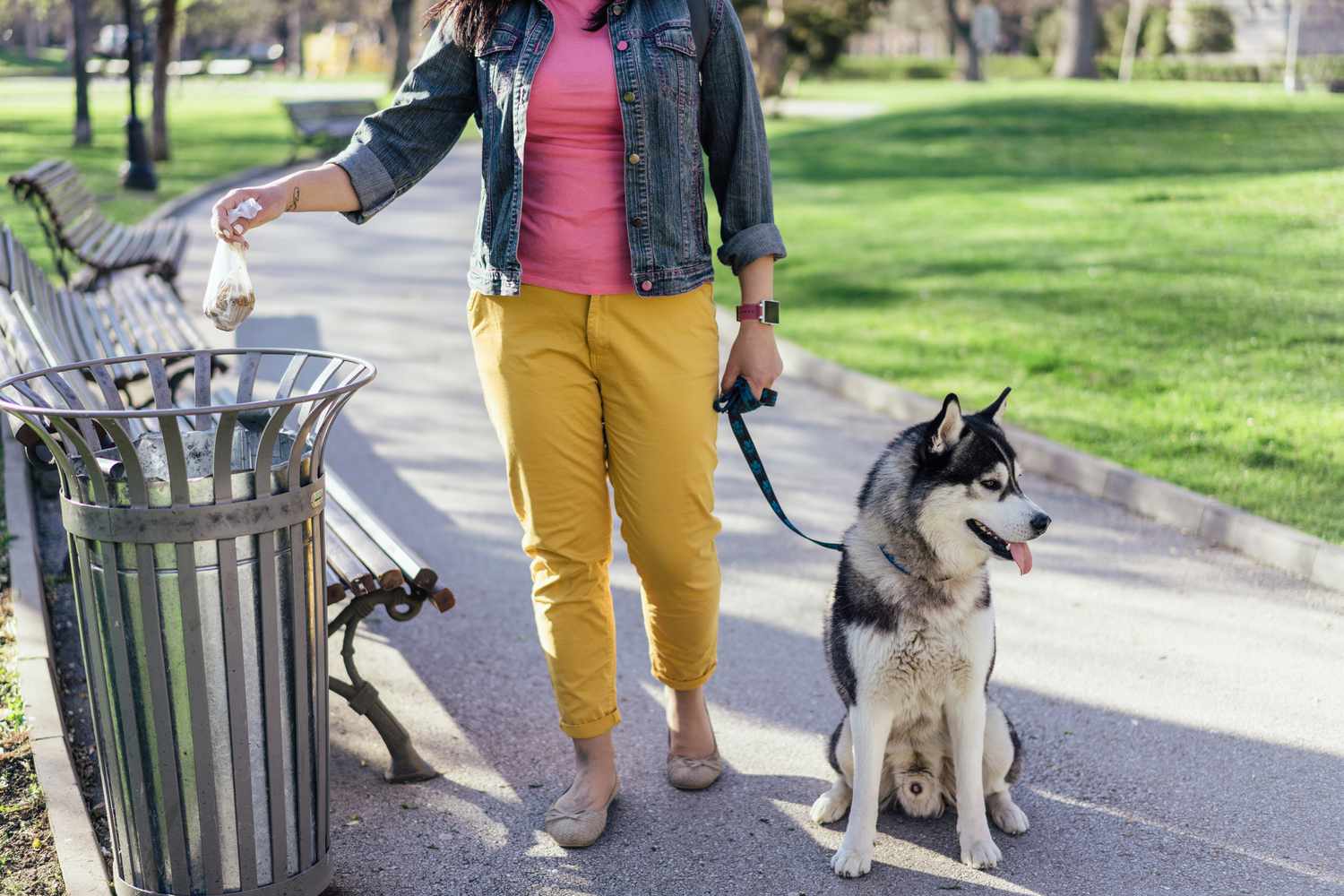
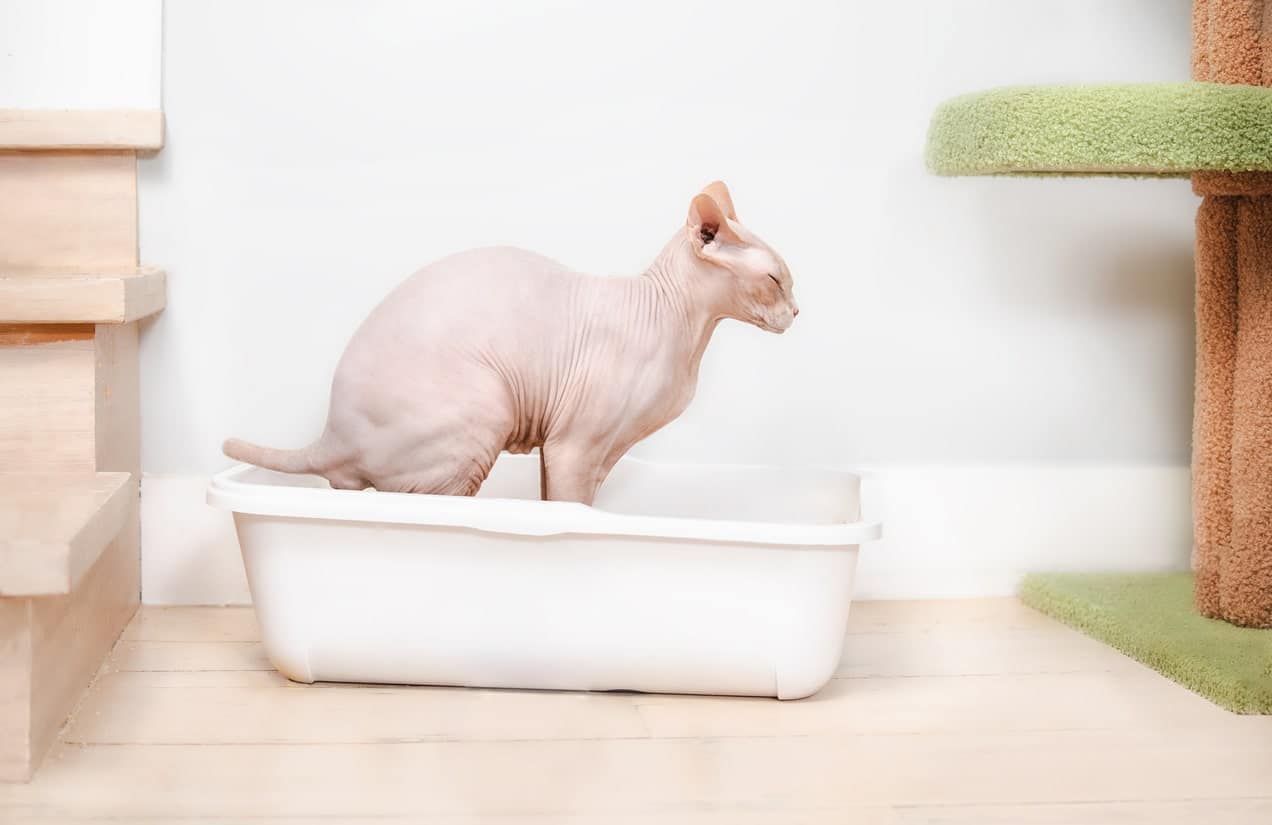
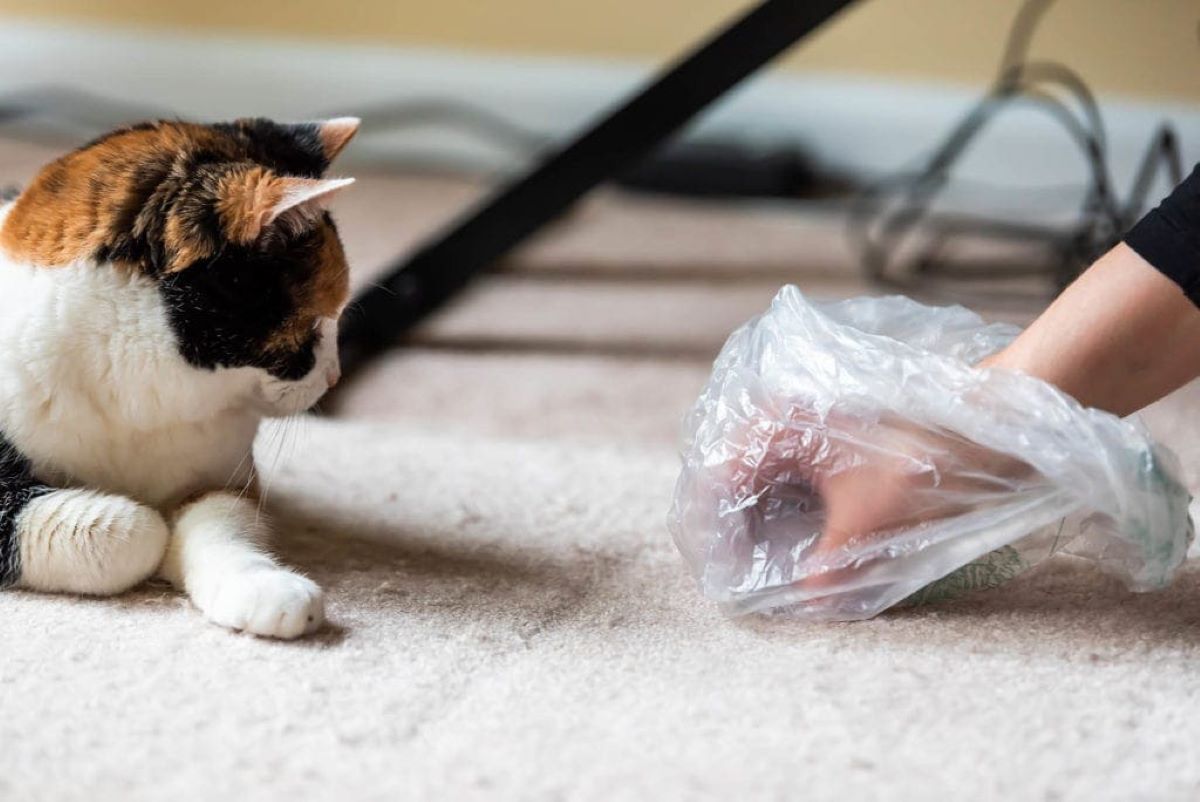
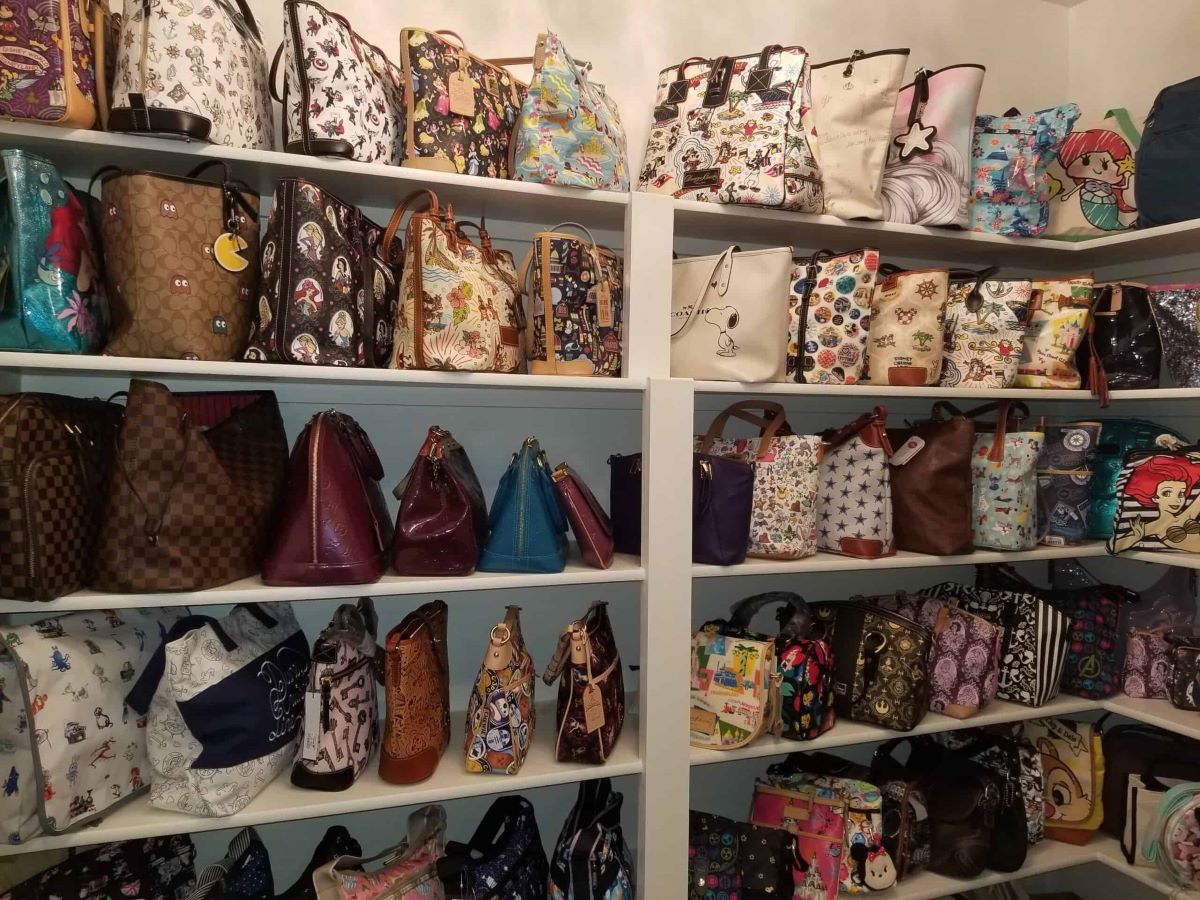
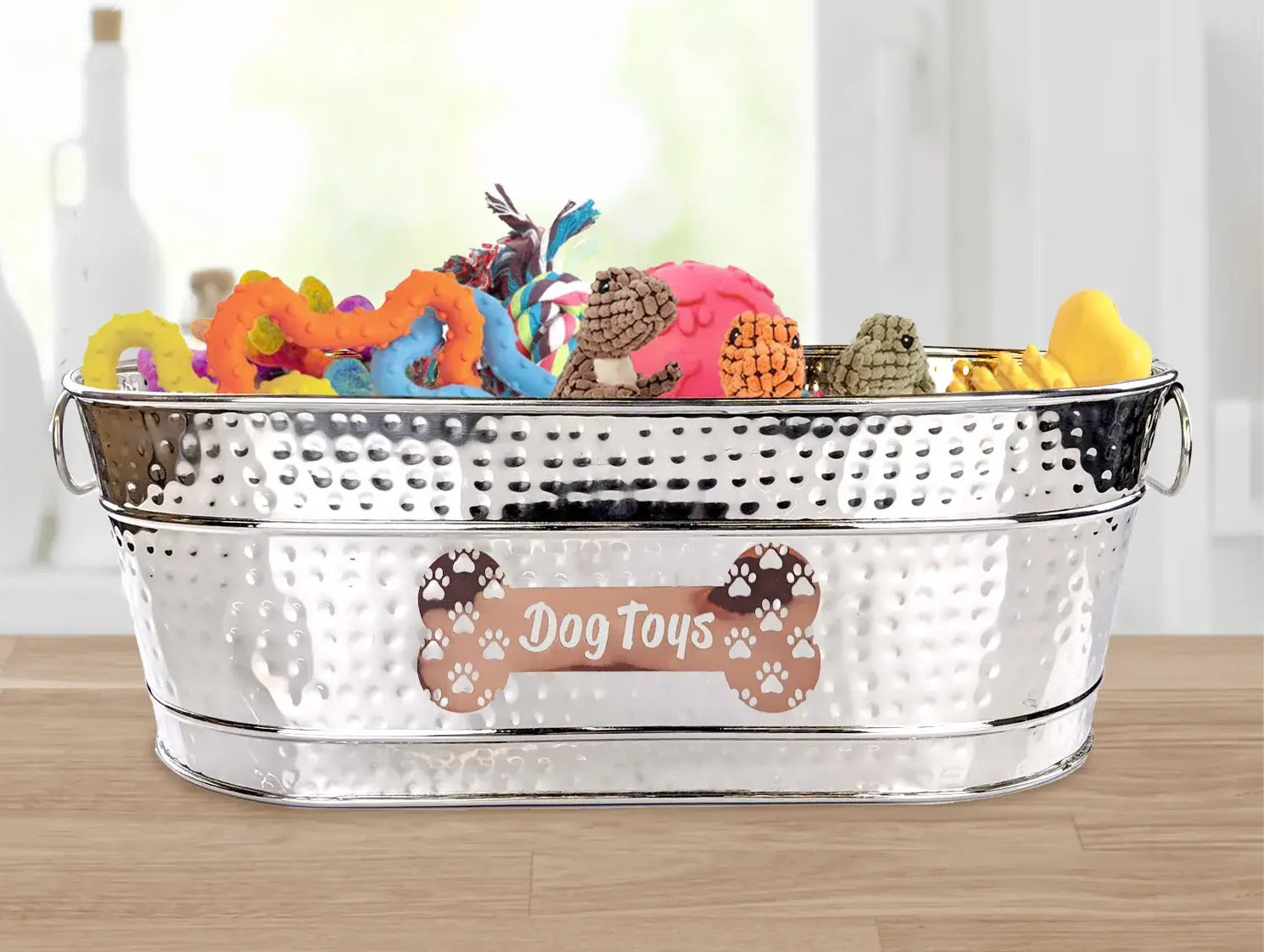
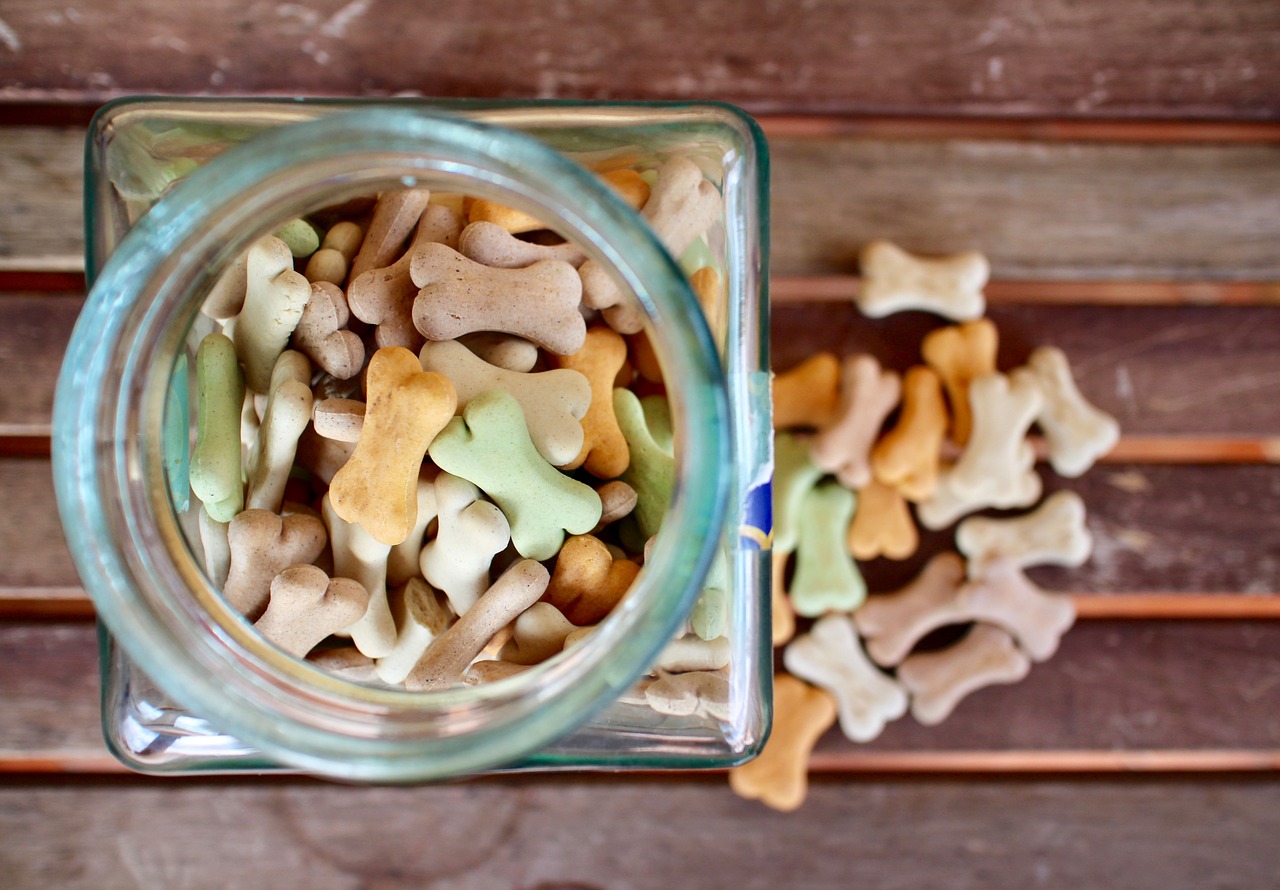
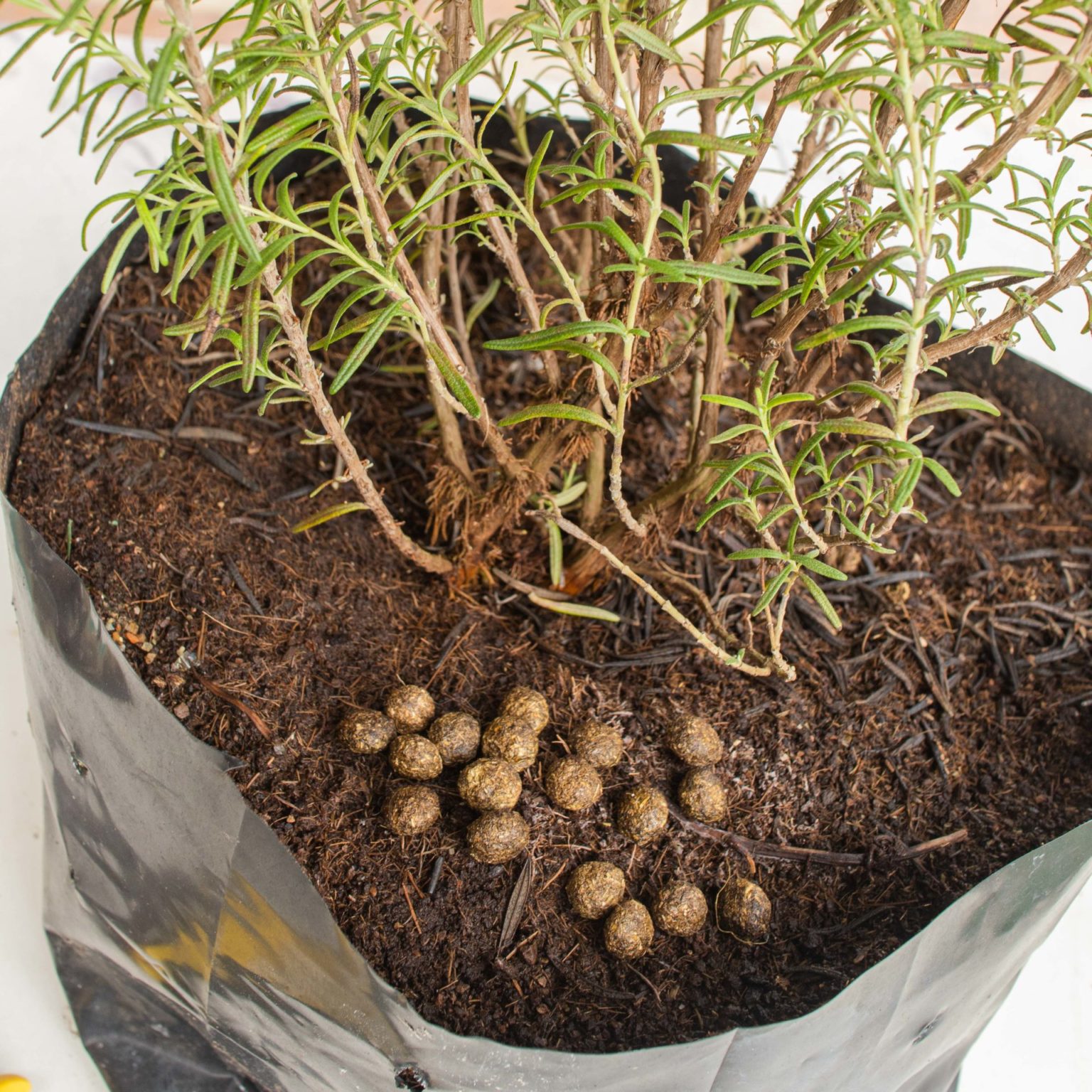
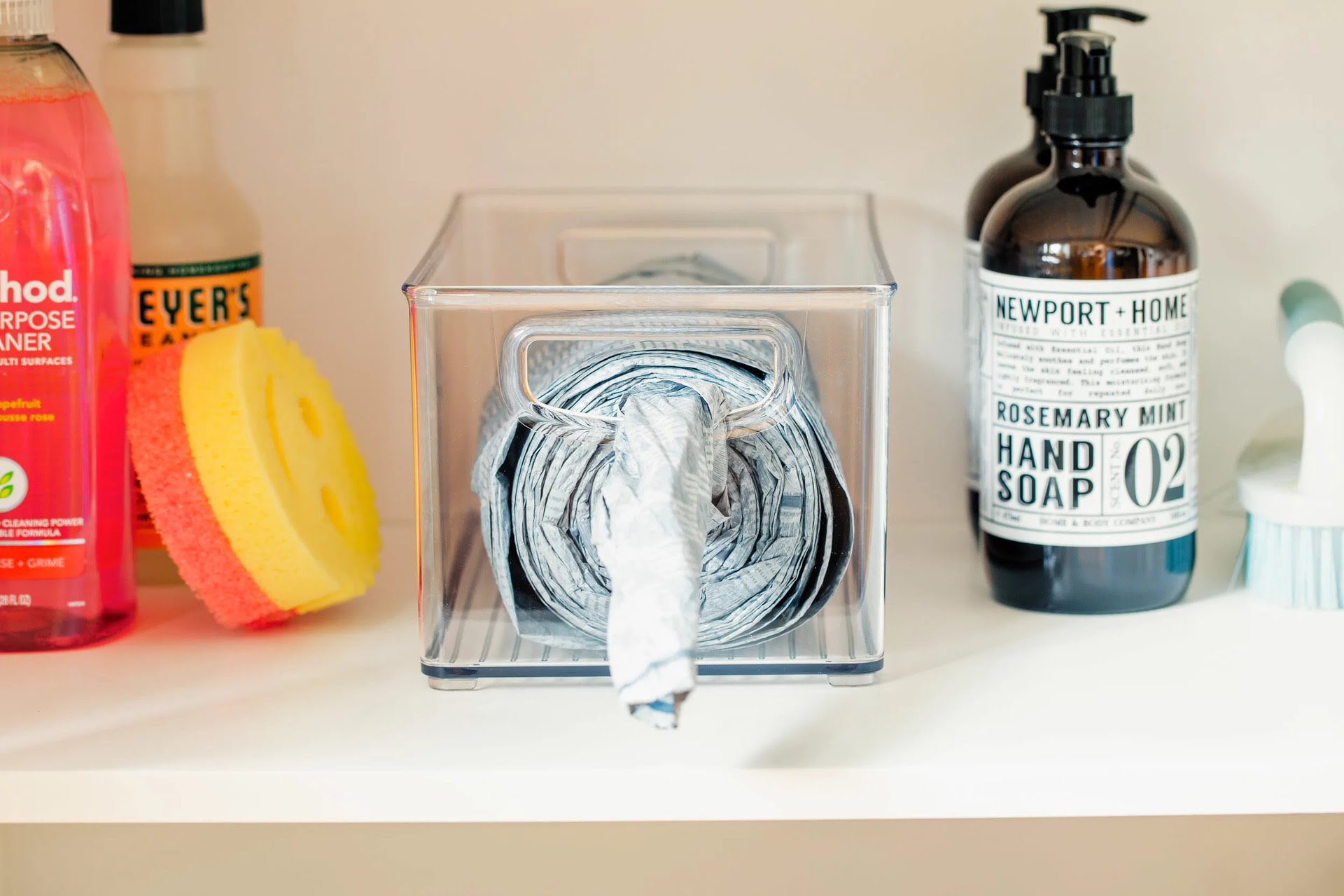

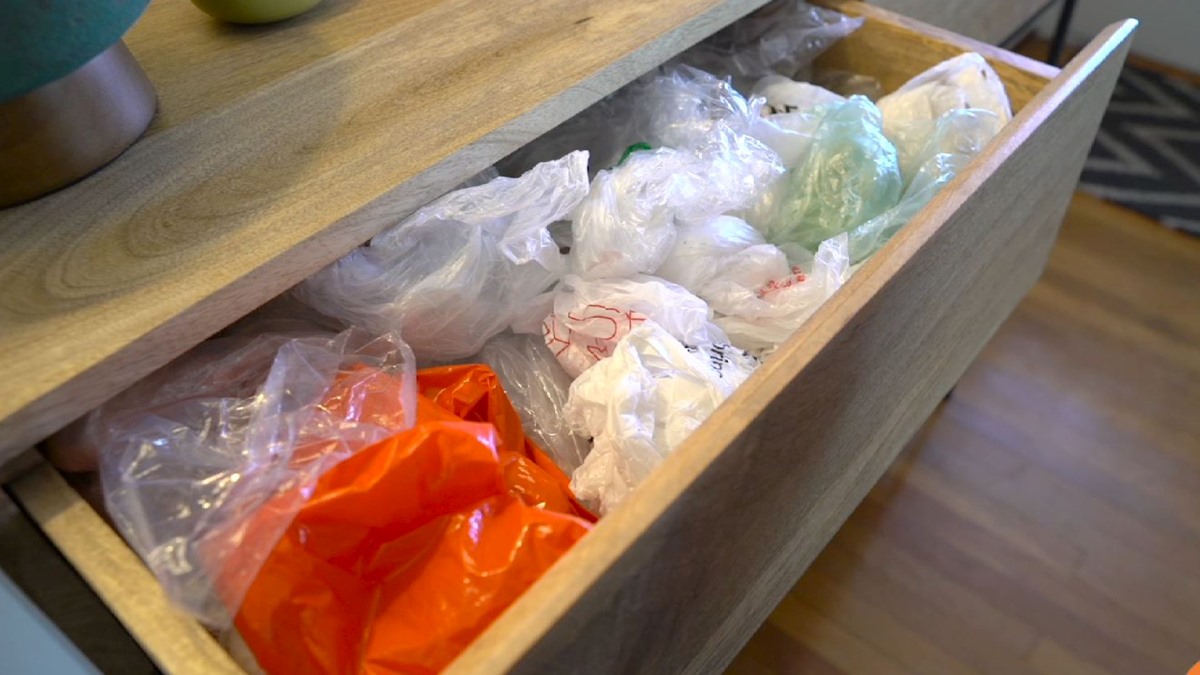

0 thoughts on “How To Store Dog Poop Bags”